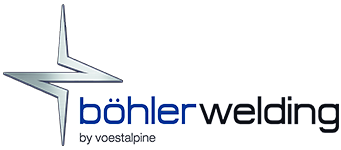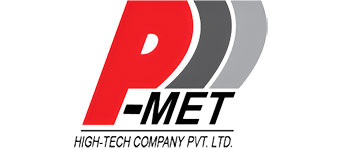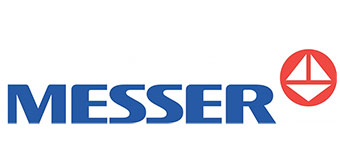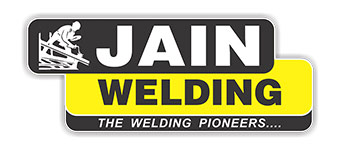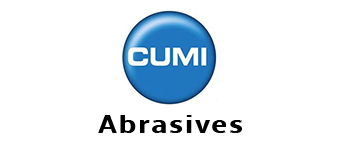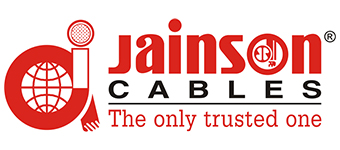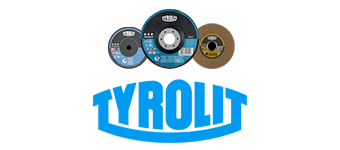Aluminium Wires
Aluminum alloys with a wide range of properties are used in engineering structures. Selecting the right alloy for a given application entails considerations of its tensile strength, density, ductility, malleability, workability, weld ability, and corrosion resistance, to name a few.
Products in Aluminium Wire
-
5% Silicon ER 4043 / NG 21
-
12% Silicon ER 4047 / NG 2
-
5% Magnesium – ER 5356 / NG 6
-
Pure Aluminium ER 1100 / AL 1B
Packaging Details
| Description | Length (mm) | Size (mm) |
|---|---|---|
| TIG Rods | 1000 | 3.2, 2.4, 2.0, 1.6 |
| MIG Wire | - | 1.6, 1.2, 0.8 |
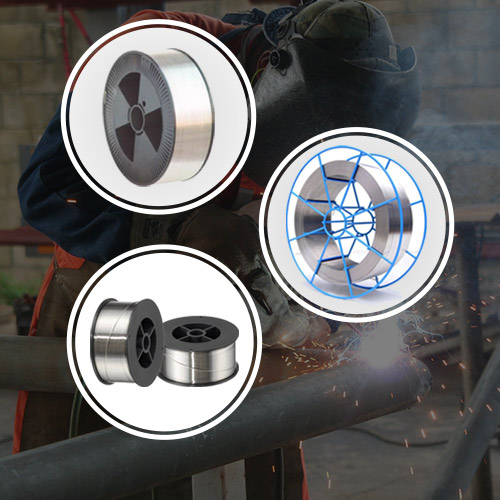
SPM WELD METAL
Uses of Aluminium Wire
Aluminum when combined with other metals gives strength and specific characteristics for a particular use. Aluminum alloys are extensively used in the production of automotive engine parts. The huge array of quality Aluminum is used in various applications like transport, packaging, electrical application, medicine, and construction of homes and furniture. The high altitude flying is not possible without the huge pressures and stresses involved in the strong aluminum alloys.
Brazing Wire
Brazing is a metal-joining process whereby a filler metal is heated above melting point and distributed between two or more close-fitting parts by capillary action. The filler metal is brought slightly above its melting temperature while protected by a suitable atmosphere, usually a flux. It then flows over the base metal (known as wetting) and is then cooled to join the work pieces together. It is similar to soldering, except the temperatures used to melt the filler metal are higher.
Packaging Details
| Description | Length (mm) | Size (mm) |
|---|---|---|
| TIG Rods | 500 | 3.15, 2.5, 2.0, 1.6 |
| MIG Wire | - | 2.0, 1.6, 1.2, 0.8 |
| SHIM/ Foil | - | - |
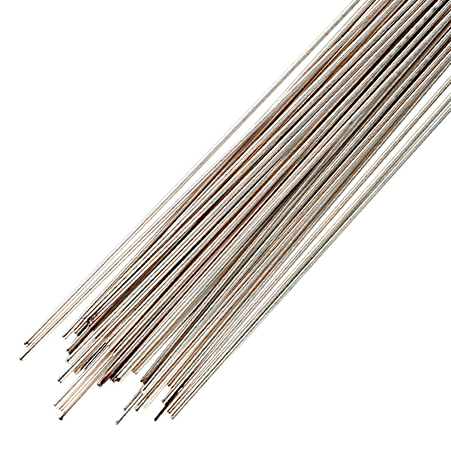
SPM WELD METAL
Uses of Brazing wire
Brazing is the leading method of metal joining in many HVAC (Heating, Ventilation, Air Conditioning) appliances and equipment. It is also commonly used in joining or repairing copper pipes. As a general rule, brazing is used when solid, leak proof joints must be made without melting the base metals
Automotive industry uses brazing extensively, especially for brazing aluminum radiators, which use tube-to-fin and tube-to-header joints.
Brazing is also used in pipe and tube applications to extend length, fabricate shapes, join dissimilar materials, and to ensure a water or pressure tight joint. Common base metals include aluminum and its alloy, copper and alloy, steel and stainless steel.
Brazing applications extend to microwave reflectors, satellites, cameras, and other sophisticated instrumentation. Common base metals used include oxygen free copper, nickel, stainless steel, copper- nickel alloy, iron-nickel-cobalt alloys, and tungsten.
Cobalt Wire
Cobalt Alloys are non-ferrous metal composites that contain Cobalt (Co), a metallic element with a higher melting point than Nickel or Iron alloys. Their properties are high strength and toughness, excellent corrosion and oxidation resistance, and high-temperature strength. The single largest application for Cobalt-based alloys is wear resistance with hardness up to 800HB.
Our Products in Cobalt Wire
-
Sterlite Grade 1
-
Sterlite Grade 6
-
Sterlite Grade 12
-
Sterlite Grade 21
Packaging Details
| Description | Length (mm) | Size (mm) |
|---|---|---|
| TIG Rods | 1000 | 3.2, 2.4, 2.0, 1.6 |
| Electrode | 450 | 1.6, 1.2, 0.8 |
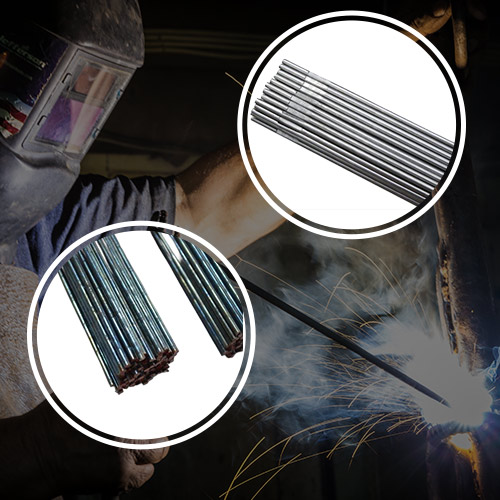
SPM WELD METAL
Uses of Cobalt Wire
Cobalt is a strategic and critical metal used in many diverse commercial, industrial, and military applications. The largest use of cobalt in the aerospace industry is to make parts for gas turbine aircraft engines.
Heat resistant alloys of cobalt are used where high temperature performance, particularly creep resistance, is required. This alloy have been typically selected for gas turbine components such as blades, turbine wheels and latter stage compressor disks, which are subjected to long term rotational stresses and high temperatures.
Cobalt Alloy Also used for heat treating fabrications including furnaces, retorts and fixtures, for strength at temperature and resistance to oxidation, carburization, sulfication and nitriding.
Nickel Wire
Nickel Wirea are valuable in many industries for their resistance to corrosion and their retention of strength as well as other mechanical properties in extreme temperatures. Nickel alloys are used today to provide cleaner and safer transportation, clean food and water, reduced emissions to air and water, more durable products, clean and renewable energy, and efficient shipping and communications. It has become known as an "enviro-metal."
Products in Nickel Wire
-
ER-Ni1
-
ER-NiCr3
-
ER-NiCu7
-
ER-NiCrMO10
-
ER-NiCrMO3
-
ER-NiCrMO4/ Hest Alloy
Packaging Details
| Description | Length (mm) | Size (mm) |
|---|---|---|
| TIG Rods | 1000 | 4.0, 3.15, 2.5, 2.0, 1.6 |
| MIG Wire | 1.6, 1.2, 0.8 | |
| SAW Wire | 4.0, 3.15, 2.5 |
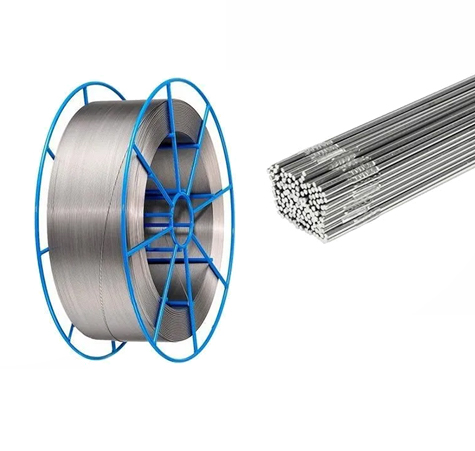
SPM WELD METAL
Uses of Nickel Wire
Whether in the form of element or alloy with other metals, Nickel materials have made significant contributions to present-day society. Nickel alloys have good corrosion resistance and heat resistance. Nickel alloys are used for a wide variety of applications like aircraft gas turbines, nuclear power systems and widely used in chemical and petrochemical industries. Several nickel alloys are used in control equipments to determine and control electrical characteristics.
Copper Wire
Copper and Copper Alloys are some of the most versatile engineering materials available. The combination of physical properties such as strength, conductivity, corrosion resistance, machinability and ductility make copper suitable for a wide range of applications. These properties can be further enhanced with variations in composition and manufacturing methods.
Products in Copper Wire
-
Er-Cu
-
ER-CUNI(70-30)
-
Er-CuNi(90-10)
-
Er-CuSi
-
Er-CuSn
-
Er-NiCu
Packaging Details
| Description | Length (mm) | Size (mm) |
|---|---|---|
| TIG Rods | 1000 | 4.0, 3.15, 2.5, 2.0, 1.6 |
| MIG Wire | - | 1.6, 1.2, 0.8 |
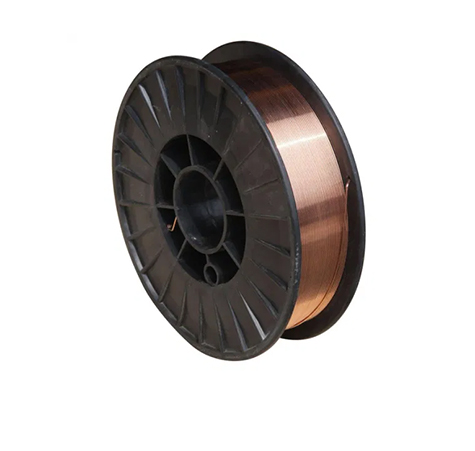
SPM WELD METAL
Uses of Copper Wire
Copper alloys have excellent electrical and thermal performance, good corrosion resistance, high ductility and relatively low cost. Copper alloy is used in hermetic seals, in automotive heat exchangers and copper tin alloys are primarily used for sleeve bearings due to its stronger and more ductility property. Copper alloys are less expensive than gold or platinum that is why largely utilized in odontological restorations. Due to high strength, electrical and thermal conductivity copper alloys are used in the manufacture of all types of electrical equipment.
Silver Brazing Wire
Silver Brazing Wires are easy to use, possess high strength impact with short melting ranges, free flowing and versatile. They have outstanding flow characteristics and mechanical properties. These are available in forms of wire, foils or shims, preformed wires or strips, granules, rings and paste or powder. Besides, these can be customised as per clients specifications and applications.
Packaging Details
| Description | Length (mm) | Size (mm) |
|---|---|---|
| TIG Rods | 500 | 3.15, 2.5, 2.0, 1.6 |
| MIG Wire | - | 2.0, 1.6, 1.2, 0.8 |
| SHIM / Foil | - | - |
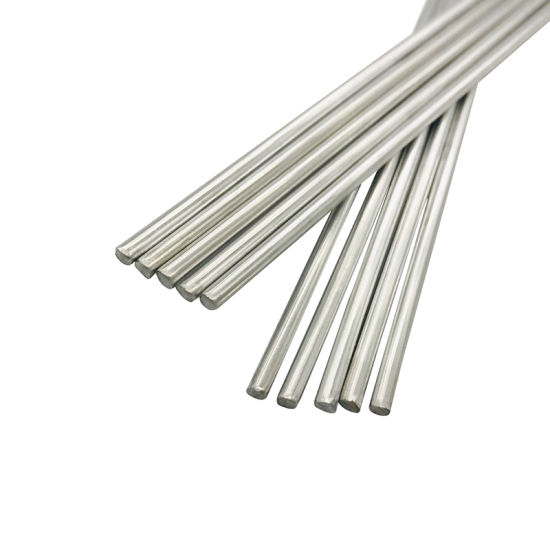
SPM WELD METAL
Uses of Silver Brazing Wires
Automotive industry uses brazing extensively, especially for brazing aluminum radiators, which use tube-to-fin and tube-to-header joints.
Brazing is also used in pipe and tube applications to extend length, fabricate shapes, join dissimilar materials, and to ensure a water or pressure tight joint. Common base metals include aluminum and its alloy, copper and alloy, steel and stainless steel.
Brazing applications extend to microwave reflectors, satellites, cameras, and other sophisticated instrumentation. Common base metals used include oxygen free copper, nickel, stainless steel, copper- nickel alloy, iron-nickel-cobalt alloys, and tungsten.
Stainless Steel Wire
In TIG welding, the arc is struck between the work piece and the non-consumable electrode like thoriated tungsten for welding of ferrous materials and zirconated tungsten for aluminum. The consumable wire is melted in the arc atmosphere and the inert gases like argon or helium or their mixture are used as shielding gases. TIG is extremely suitable for joining thin sheets and tubes, and for making root pass welding in pipes, since the heat input in this process is minimal. TIG welds do not cause any undercuts or excessive penetration and give smooth welds. TIG welds provide superior quality weld metal, but the productivity is low.
MIG Welding
Gas-Metal-Arc welding is generally called MIG (Metal Inert Gas) welding, into this process, the consumable travels through a nozzle and a top before it strikes an arc with the work piece. The arc atmosphere is shielded by gases like:
100% Arg0n
99% Argon with 1% Oxygen
97% Argon with 3% Carbon Dioxide
MIG welding is a high-productivity process. MIG welding doesn't need expensive machinery and the welding machines are easily transportable, making this process very popular on construction sites. In MIG welding shielding gas, welding parameters, and the consumable assume an important role. Shielding gases are chosen taking quality, cost and operatibility into consideration.
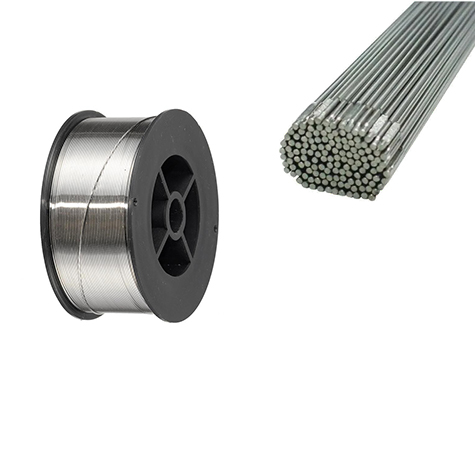
SPM WELD METAL
Products in SS Wires
-
S.S. MIG Wire
-
304L, ER 308L, ER 316L, ER 309L
-
S.S. TIG Wire
-
304L, 316L, ER 316L, ER 309L
Packaging Details
| Description | Length (mm) | Size (mm) |
|---|---|---|
| TIG Rods | 1000 | 4.0, 3.15, 2.5, 2.0, 1.6 |
| MIG Wire | - | 1.6, 1.2, 0.8 |
| SAW Wire | - | 4.0, 3.15, 2.5 |
Flux Wires
Flux cored wires have a flux coating that solidifies more quickly than the molten weld material. Ideally suited for welding applications where gas shielded electrodes may have problems, such as outdoors or in windy conditions (light gauge steel plate fabrication or general purpose fabrication of carbon steels). Good choice in poor fit-up situations or when extended stick-outs must be used in hard to reach areas.
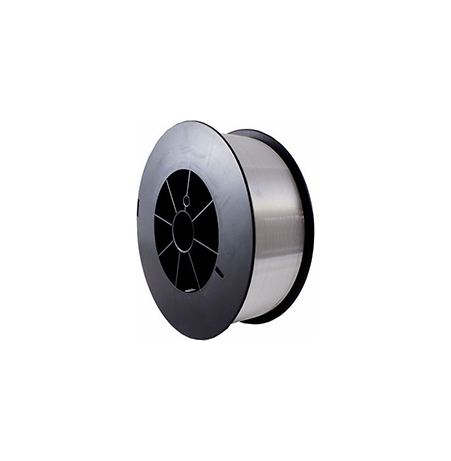
SPM WELD METAL
Packaging Details
| Sr. No. | Grade | Application |
|---|---|---|
| 1 | E-71 T1 | It was developed to weld various welding stainless steels. |
| 2 | E-71 T1 | E71-T1 is designed for welding low carbon and mild steel, structural and pressure vessel grades. E71T-1 flux core ingredients produce a fast freezing slag that facilitates out of position welds. |
| 3 | E308LT1-1 | It is flux Cored Wire used for welding types 301,302,304,304L, 308,308L. It was developed for out of position welding |
| 4 | E316LT1-1 | It is flux Cored Wire used for welding types 316 & 316L Stainless Steel. |
| 5 | E309LT1-1 | It is designed for welding type 309 wrought or cast form, but used extensively for welding type 304 to Mild Steel |
| 6 | E347T1-1 | It was developed to weld type 347,304,304L and 321 stainless, where service temperature are below 600 degree F |
| 7 | E-309LMoT1-1 | - |
| 7 | E-2209T1-1 | It is an all position flux cored wire that 1M is designed for welding mild and medium-carbon steels. |
